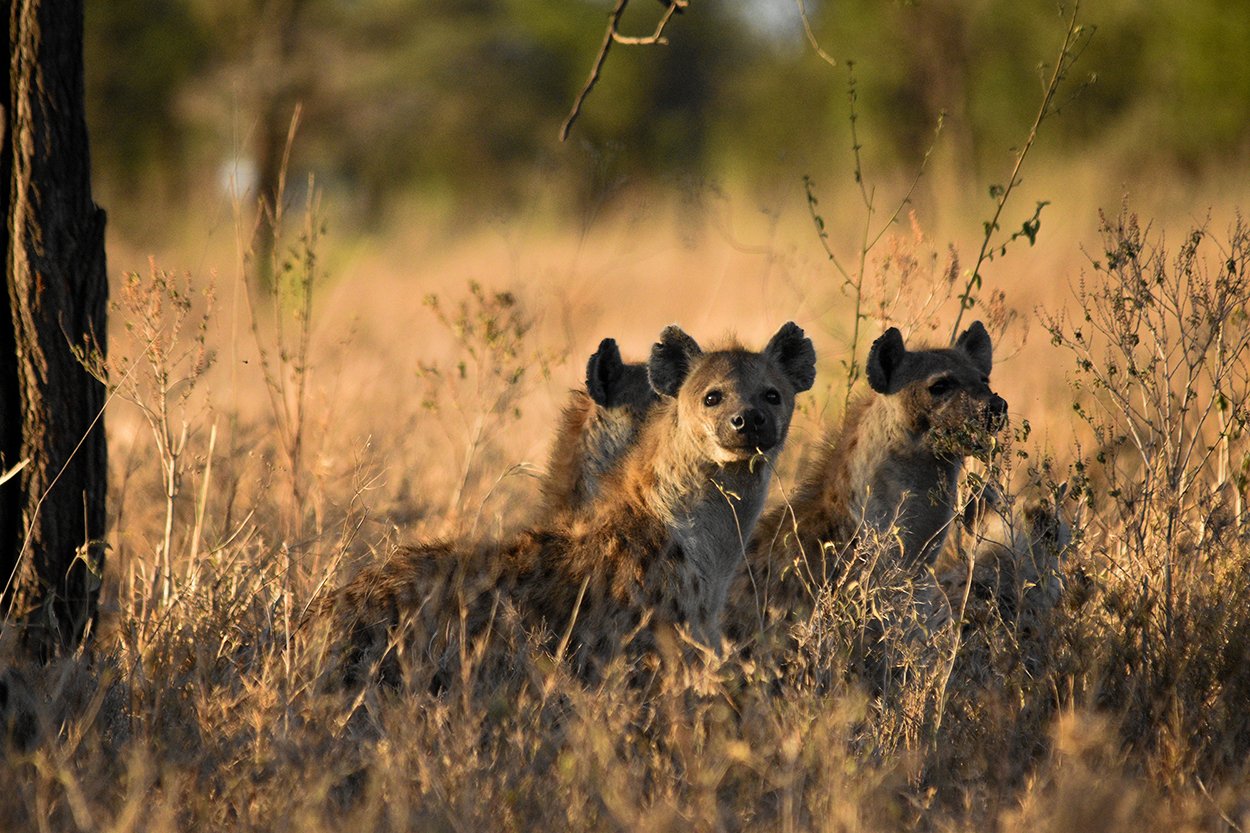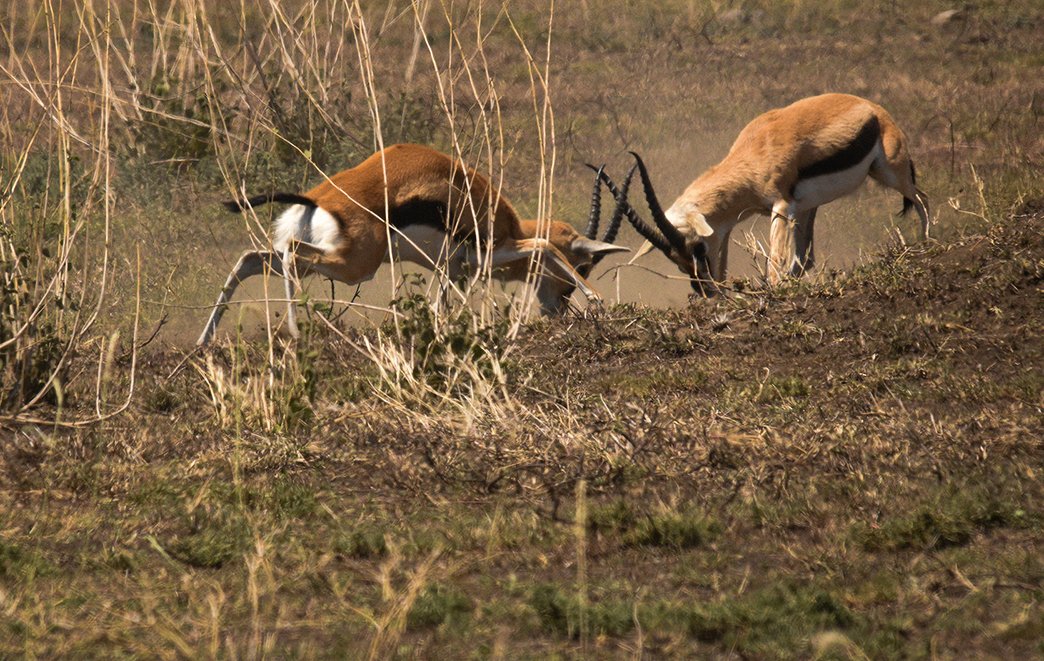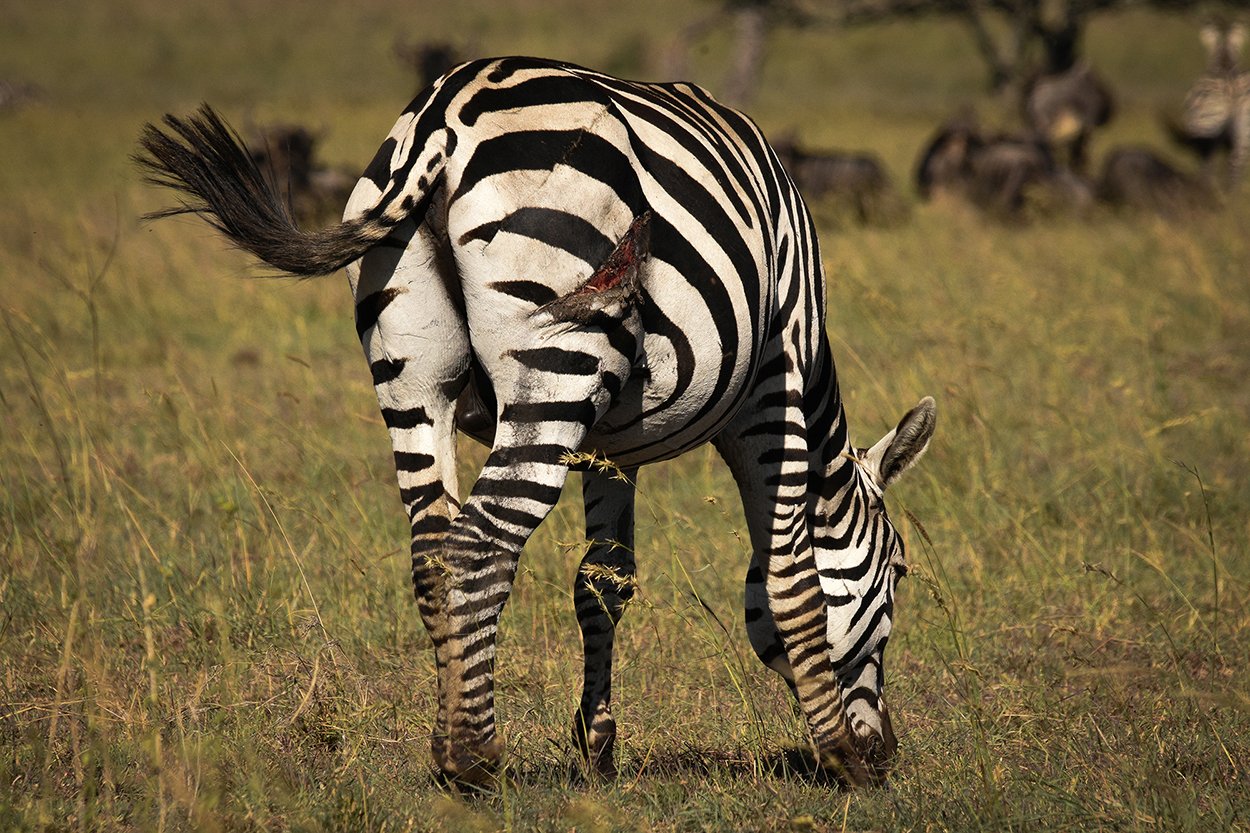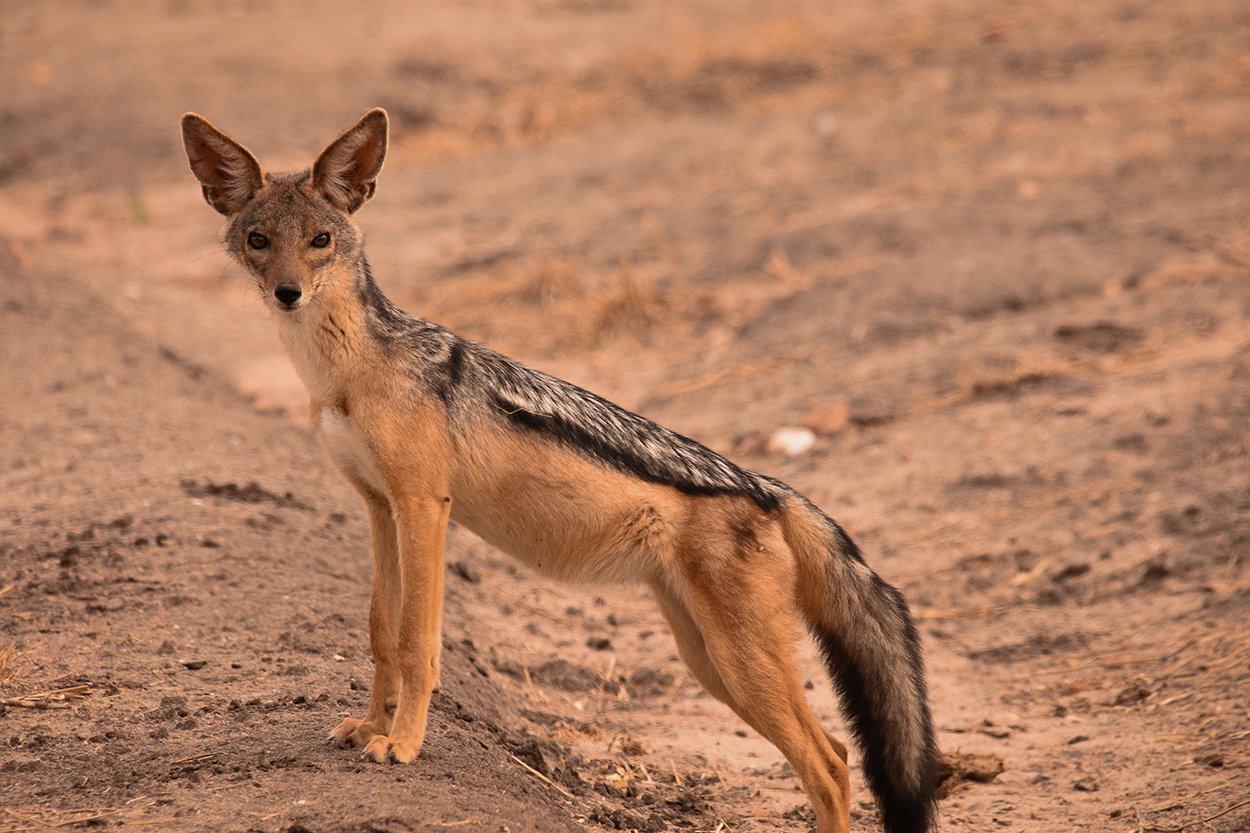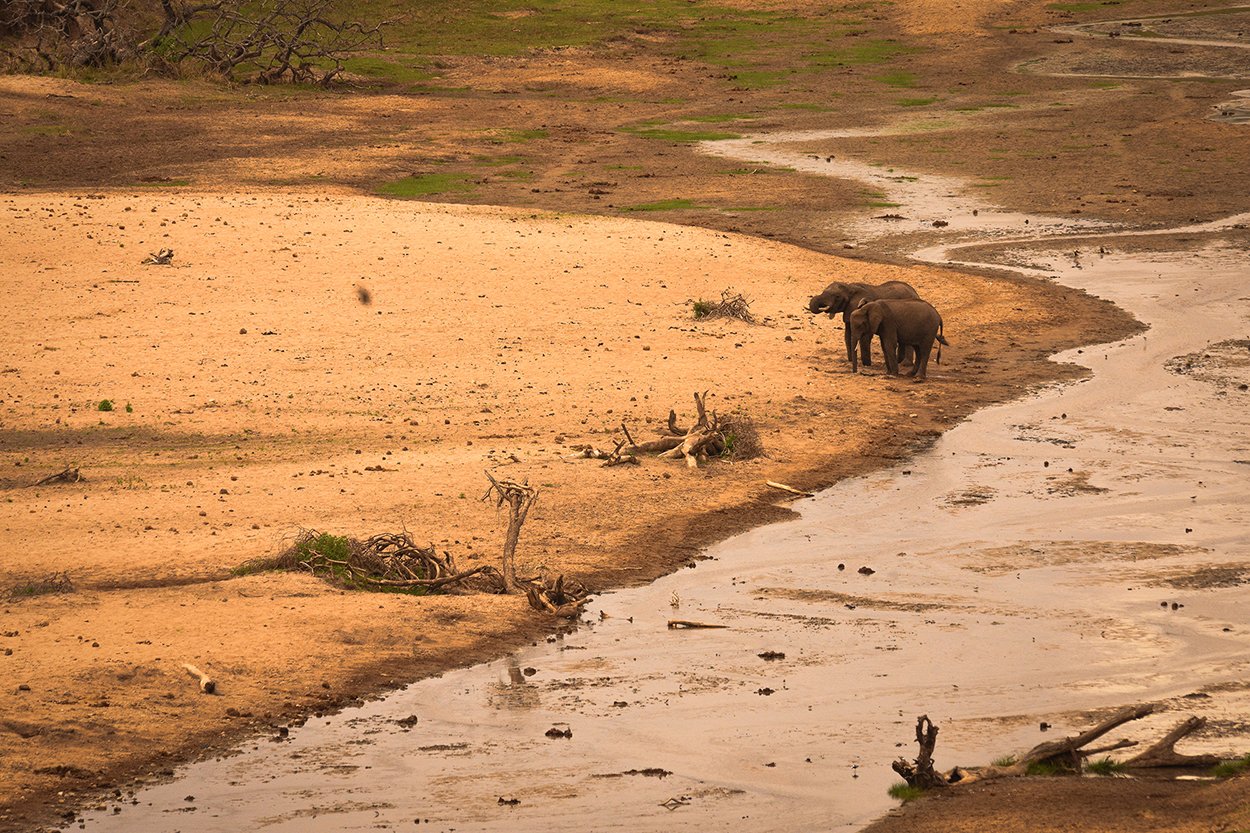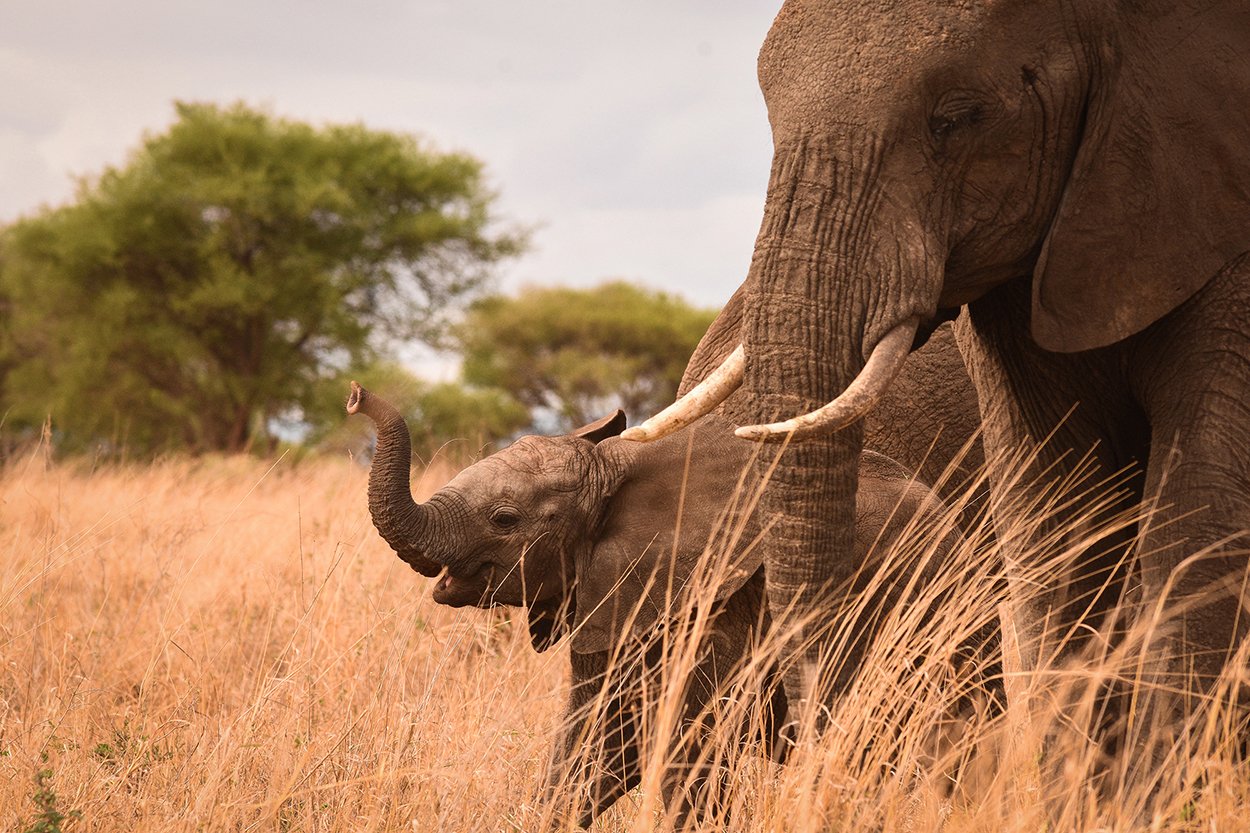SAFARI
A digital safari in the Serengeti
Introduction: In December 2021, I returned to Africa for the first time in nearly a decade since I left my work as a safari guide. On this trip, I aimed to document my journey in a way that I could bring a digital safari back to my friends and families in the comfort of their own homes in the United States, utilizing video, photographic, journalistic, and audio mediums. Join me on this front seat view of the wild African serengeti…
By: Adam Parkison
Serengeti sunset
From the overgrazed cattle plains below the mist covered Mount Meru, a gravel road turns west out of Arusha. The road, which appears little more than a back-road one would expect to find in the American West, is a bustling highway in East Africa. Silent Maasai tribesman with their thin-boned cattle stare warily at you from the side. The hot dry air changes as the road climbs into the misty jungle covered slopes of the Ngorongoro National Conservation area. Though the tourists travel the road constantly, there are Maasai living just on the fringes who are closer to prehistoric times than the twenty first century. Rumors of an ancient life occasional emerge from the bush: a group of morani hunters killing a rhino and using its skin to cover their shields; lions eating small Maasai children who wonder too far from home; a lone hunter killed by a buffalo while gathering honey… you will never know even a fraction of the stories written on the landscape.
Maasai villages litter the horizon. There is no grass to be seen- only cattle. It doesn’t take an expert to understand what effect the traditional life of the indigenous people has on the landscape. And yet, even in the empty horizon- even here, lions roam at night; hunting cattle, a few antelope, and occasionally the unlucky villager…
There is a line broken across the landscape where the Maasai land borders the Serengeti National Park; it is a line where the lush grass begins. And in turn, the animals appear. First a few lone Wildebeest, then hundreds, then thousands; zebra too, and smaller gazelle. In early December, you are told the real migration has yet to begin- and yet you are seeing more animals than you have ever seen in one spot in your entire life. It is simply incomprehensible.
Making camp in the Serengeti
A rock outcrop with a fig tree in the Serengeti
The ancient ebb and flow of life ripples across the landscape.
A hyena pup pokes its head out of a den, where a group of young impala feed close by. The adult hyenas- a dozen of them- feed on a Topi carcass a few hundred yards away, killed by and stollen from a lion the night before. In the thorny Acacia tree tops, giraffe poke their heads out, observing a herd of regal cow elephants- moving endlessly slow and steady across the horizon. A group of 3 lion yawn under a tree near the Seronera River, where hundreds of hippo crowd a muddy little pool. A ripple and reptilian tail slithers across the surface of the water, revealing the presence of a Nile Crocodile. Always, birds of prey circle, watching for their turn to partake in the Serengeti feast.
Every day for the next week is like this; similar scenes, and yet so different each time. You could spend your entire life here and still never see enough.
Lion patrolling the Seronera River, Tanzania
Though the daylight is cheerful, the nighttime is eerie. As darkness wraps itself around you, the distant rumble of lions roaring begins…
Watch the video of the safari below!
Listen to the terrifying story of how two lions approached my tent one night!


